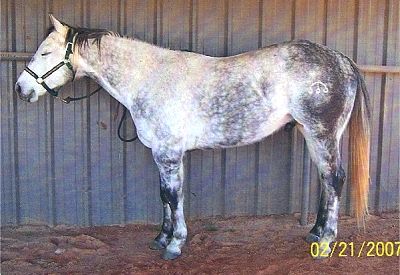BARREL HORSE FIT
SADDLE & PAD FITTING FOR BARREL HORSES
Questions? Give us a call at 706-886-0314
By Charon Caldwell
In addition to the information below, we have a video that discusses saddle pads and saddle trees, and can be watched here.
There has been a lot of conversation lately regarding saddle fit and proper padding. To address these issues it is best to add horse conformation to the mix. Since this forum focus is limited to the running horse, discussion will be limited to such. Here; two basic types are found;
First: Thoroughbred type with an oval barrel, deeper than wide but often with large bulges at the top of shoulders and what is typically called “high withers”. (For proper understanding I will need to discuss this in detail in a moment).
And second: performance Quarter type, round barreled often shorter and thicker with more muscling in the width of their backs, lower withers and flatter back.
These two types can hardly ever share the same type pads or saddles. Even though the second type is less frequent in running horses, I will discuss these first.
Quarter Type: These horses have generally a “normal” back, low rounded withers, slight dip in the low of the back running only nominal up hill to loin. Looking down on their back from up above, the back will be wide, full at the hips with only a small dip at his side before widening again to muscular shoulders getting fuller towards the lower shoulders. And often, if the animal is cutting bred, a strong loin will be present. This is indicated by a long bulge between the back and the top of the hip; very visible in a side view. The muscle that caused this is not even able to be seen in a horse that runs straight ahead (as does a Thoroughbred) and stops by a “jogdown”. Muscle build up is formed by fast, sudden stops where the hindquarters and rear legs are tucked up and under the barrel. Genetics can be formed to pass this trait forward even without the training and usage; such as reining and cutting. Even a properly fitted saddle can pop up in the rear if this area is overly large or if the under side of the rear section of the saddle tree bar is not thinned or hollowed out enough to allow for this.


